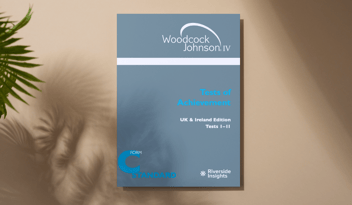
What is Math Anxiety?
Math anxiety is a widespread issue among students that involves feelings of fear, tension, and frustration when dealing with math tasks. This can stem from previous negative experiences, a lack of confidence, or the pressure to perform well. Signs of math anxiety include symptoms like sweating, a fast heartbeat, and avoiding math-related activities.
The Effects of Math Anxiety on Learning
Math anxiety significantly impacts students' ability to perform in academics. It clouds their ability to think clearly and solve problems effectively, which can lead to poor results in math tests and assignments, as well as reluctance to participate in class.
This anxiety not only affects grades but also fosters a negative attitude towards math, leading students to steer clear of math-related subjects and activities. This avoidance can stunt their academic growth and narrow their career choices in the future.
Strategies to Reduce Math Anxiety
There are several effective methods that teachers and schools can adopt to help students manage their math anxiety:
Supportive Learning Environment: Create a classroom atmosphere that encourages questions and supports students who need help.
Engaging Math Activities: Use practical examples and real-life applications to make math more interesting and less intimidating.
Confidence Building: Allow students to practice math in a stress-free environment to build their confidence.
Skill Development: Teach students problem-solving strategies and study techniques to help them tackle math tasks with confidence.
💡Learn more using self-paced courses here.
Identifying and Supporting Students with Dyscalculia
Dyscalculia is a specific learning disability related to difficulty in understanding numbers and performing math tasks. It is marked by challenges with basic math skills like counting, pattern recognition, and memorizing math facts.
How to Help Students with Dyscalculia
Recognizing and aiding students with dyscalculia is crucial for their success:
Diagnosis: Use diagnostic tests and classroom observations to identify students who may struggle with dyscalculia.
Targeted Interventions: Provide specialised teaching methods, such as multisensory approaches and visual aids, tailored to their learning needs.
The Importance of Assessment in Addressing Math Anxiety
Assessment is vital in comprehending and tackling math anxiety.
Through various assessment techniques, educators can pinpoint specific areas where students struggle and tailor their teaching approaches accordingly:
-
Standardised Tests: Use a test such as the WJIV: Tests of Achievement to evaluate mathematical skills and pinpoint specific difficulties.
-
Observations and Interviews: Observations during class and one-on-one discussions can help understand a student's approach to math and their feelings about it.
-
Collaboration: Work with educational psychologists and other professionals to gather insights and improve strategies for student support.
Conclusion
Math anxiety and dyscalculia are significant barriers to a student's success in math. By understanding the roots of these issues and implementing effective educational strategies, teachers can help students overcome their fears and succeed in math. Regular assessment and tailored interventions are key to this process.



